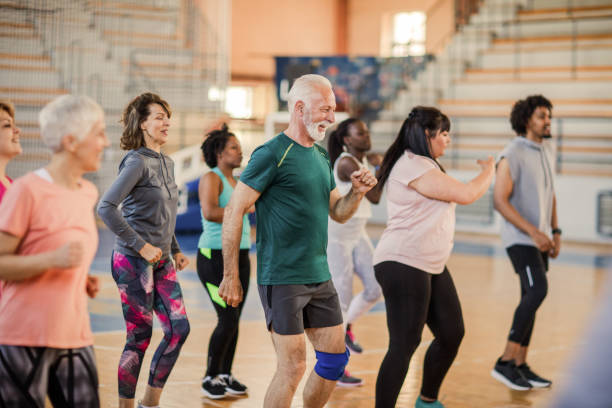Many think that exercise is risky for older people. But studies have consistently shown that exercise in older adults is not a bad thing.
Age-based exercise recommendations, even from health authorities, tend to be similar to those for younger individuals, with the differences lying in assumptions about ability.
While it is true that aging results in a natural decline in muscle strength, bone density, and a shift in body composition from muscle to fat, research indicates that exercise training at any age leads to positive gains and overall health improvements.
So, what type of exercise should older adults be doing? Prescribing exercise solely based on age is overly simplistic since individuals vary greatly in their abilities.
For instance, you may find 65-year-old individuals who run faster than 40-year-olds on the track. Exercise prescription should be tailored to individual ability.
Benefits and Types of Exercise Suitable for Older Adults
Moreover, certain types of workouts can yield similar benefits for older people. High-intensity interval training (HIIT), which involves short bouts of exercising at or near maximum effort followed by rest, is a popular form of aerobic training.
Although it is often assumed to be suitable only for the young and athletic, research indicates that HIIT can be beneficial to the overall health of both older men and pre-diabetic older men and women.
Adding leg balance and strength exercises into HIIT training can lead to both perceived and actual decreases in fall risk in older individuals, in addition to cardiovascular improvements. Resistance training, which involves exercises that require maximal strength, is another excellent option for individuals of all ages.
Not only are many older adults capable of performing resistance training, but they also stand to benefit greatly from it. Studies have shown that strength and resistance training can improve bone density, muscle mass, and physical ability. It is worth noting that resistance training does not necessarily require heavy weights in a gym setting. The movement should be challenging and close to one’s strength limit when repeated around ten times.
For example, performing chair squats can be made more challenging by holding weights, cans, or even a bottle of milk. Adding the element of balancing on one leg during the exercise further intensifies the workout.
Incorporating Balance and Strength in Everyday Activities
While older individuals may find it more challenging to build muscle tissue compared to their younger counterparts, exercise brings about more than just improvements in fitness. It is also shown to enhance mental health, well-being, cognitive function, bone density, and longevity. The increased bone density resulting from weightlifting exercises may even minimize the risk of injury in case of a fall. Balance is an essential skill at any age and can be trained.
Activities like yoga or tai chi can improve balance, and even something as simple as standing on one leg while putting on socks can challenge and improve balance.
Combining strength and balance exercises can be quite beneficial. This could be as simple as balancing on one foot while moving the other leg back and forth or using one arm at a time to perform lifting or throwing movements to enhance balance.
If you have a gym membership at GoodLife Fitness or In-Shape Gym check if they have fitness classes suitable for older people.
